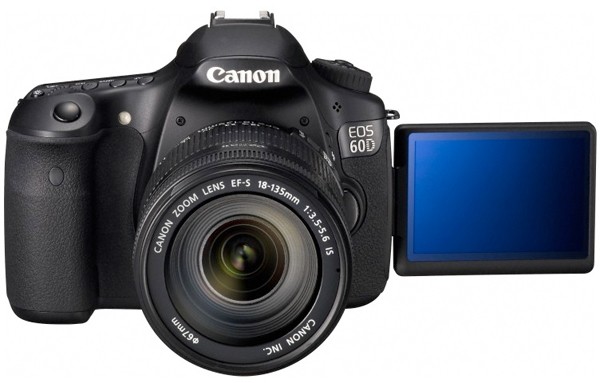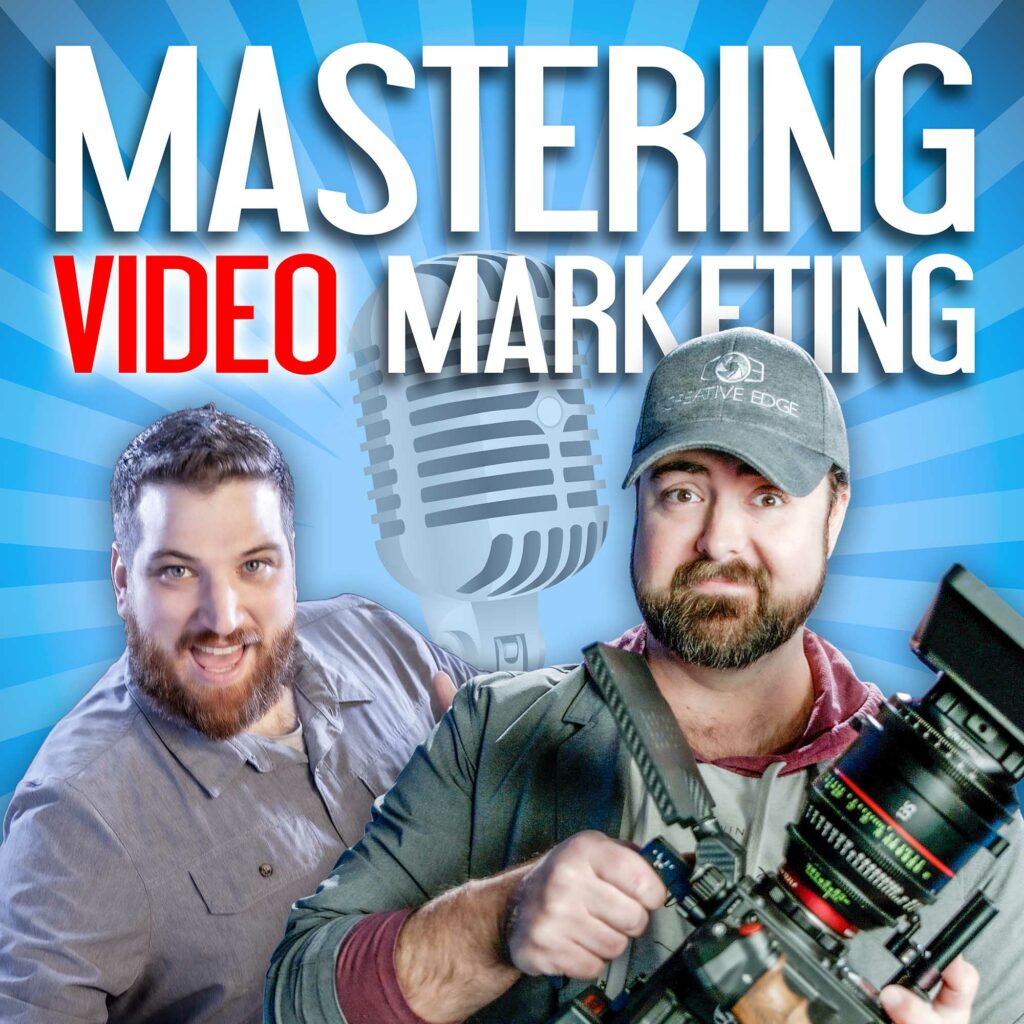Have you ever walked away from a theater and thought, “Man that movie sucked! How could they spend that much time and money and not know it was going to suck?!”
Have you ever asked yourself why the movie didn’t succeed? What makes a movie succeed in the first place?
Rather than tackle a full length film, it would be easier to answer this question by dissecting small films that we see dozens, if not hundreds, of everyday. I’m talking of course about commercial advertising. After all, ads need to have a story in order to tell their message. The fact is, it’s a lot harder to tell a full story in thirty or sixty seconds than it is two hours.
First, lets watch what I would label two unsuccessful ads:
Technically there is nothing wrong with these ads. There are well shot, good graphics, talent is friendly and not distracting and overall they are telling truthful information. So what’s the problem?
Before I answer that, lets look at what I would label two great ads:
What is the difference?
Let’s look at the cell phone ads first. In the Cellcom ad, we hear a bunch of information about apps and prices, which is fine, but nothing makes me interested in the product or company. In the iPhone commercial, I see practical applications of a specific feature on the phone. Notice how they don’t talk about how the phone is faster or has a better camera, even though that is all true. They focus on one thing that is emotionally relateable to their customer base.
In the car ads, the first one talks about pricing, APR, blah blah blah… The second one talks about what the passion and drive of the company is. They want to make an awesome car. They don’t care about trying to get you on the lowest price or best deal. They know what they are passionate about and that’s what they are selling. If you want an awesome car, buy a Lexus, otherwise go somewhere else. It’s a simple message but it stays with you.
You can take this simple concept and apply it to filmmaking as well. When telling a story, you need to be connecting in an emotional and relateable way. This should be evident in every level of the production: the story, cinematography, lighting, acting, props, wardrobe, makeup, music, edit, etc. You have to make an emotional connection with your audience otherwise they will not care enough to stick around or be interested in watching it again. So many videomakers fail by trying to shove pure information down people’s throat without running it through the filter of emotional relevance. Less is often more and if you can allow your audience to connect on one simple point, you’ll be much more successful than spewing out loads of content that they don’t care about.
Let me know if you found this article helpful and what your thoughts are in the comments below. I only lightly covered this topic here, but if you are more interested in making successful videos, especially for advertising and making money, check out our new training series Video Business 101: How to Make Money in Video Production.









Hmm. I agree to a point, but also disagree. The Apple and Lexus ads are brand advertising, selling up on the manufacturer’s image. The first two are vendor/point of purchase ads, and their message needs to convince people that in a glut of firms selling the same or similar products/services, their offering stands out. While the Lexus ad only needs to convince you of the quality of a Lexus vehicle over other brands of cars, an auto dealer’s ad must convince customers that they should buy that brand from them. It does them no good if the client goes to another dealer and buys the same Lexus. The brand has the luxury of putting out a single feature message that can be viewed by everyone without market boundaries. The localized business must try to get you to give up your money to them, and offer more features to convince you they are superior. If the Honda dealer only advertised the fuel-economy of the Honda Fit, customers considering an Odyssey minivan or Pilot SUV might not to think to consider them as a retailer, and look elsewhere. The cell phone service provider is telling people locked in a back-and-forth struggle (trying to decide between service areas vs. available applications vs. cool factor vs. cost) that they have an alternative that fills all those needs. When a customer has a laundry list of features they need, you really can’t only address just one, especially at the cost of TV advertising.
I totally get your point, and you’re right — the big budget commercials look and play much better. Heck, are you old enough to remember when Infinity launched their brand, and instead of showing cars, showed rocks and other organic nature imagery in their first commercials?
Of course, getting the client to acquiesce to leaving out a few screens full of hodge-podge graphics and flashing text, twirling screens and heavy-handed reverb could be the topic of a complete blog article. Often they only want something to compete directly with a competitor’s ad they saw on late night TV, with little imagination or a second thought about how the viewer immediately tunes out to that kind of message and zips forward on the DVR, or goes for a beverage refill.
Ron- You make a great point and I do agree with you. I didn’t feel like breaking down the different types of ads and how they each have their place, but I did want to open up the minds of people as to why one ad is successful and another not so much. …more importantly how you can take that and apply it to filmmaking as well.
What rig is that in the picture above?
Three questions everyone asks when faced with a buying decision:
1. Do I need it or want it?
2. Can I afford it?
3. Why should I buy it from you?
Ron is spot on. You’re comparing apples and oranges. Lexus and Apple are only trying to answer the first question. The answer, of course, is, “Yes, I want it!”
The local commercials must answer the 2nd and 3rd questions.
It would be better to compare videos attempting to achieve the same goal (1, 2 and/or 3).
Hey, you used to write wonderful, but the last several posts have been kinda boringK I miss your great writings. Past few posts are just a little bit out of track! come on!
Thanks a lot for sharing this with all people you really understand what you’re talking approximately! Bookmarked. Kindly also seek advice from my web site =). We can have a link exchange contract between us!